Shacks and slop pails: infrastructure crisis on native reserves
Spending on housing and water in First Nations communities not keeping up with need
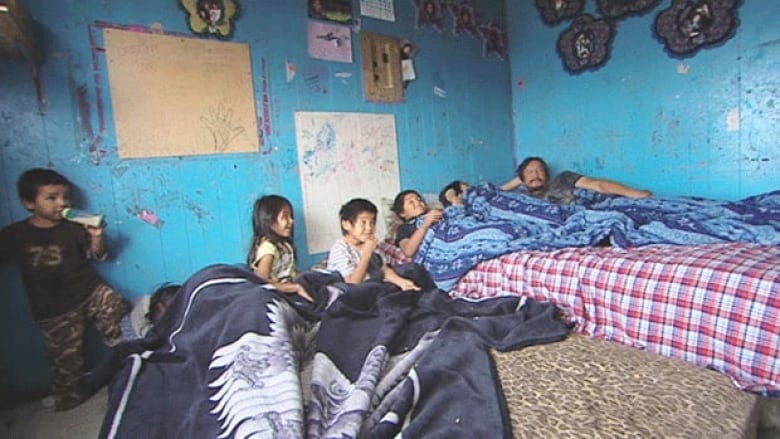
Quebec may have itscrumbling overpassesand Ontario its aging power plants, but there is no doubt thatmany of Canada's most glaring infrastructure problems are on aboriginal reserves.
From roads to water to housing, First Nations' infrastructure troubles run the gamut.
In Wasagamack First Nation, a remote northern Manitoba community, the majority of residents have no indoor plumbing and rely on outhouses, slop pails and frequent trips toa communal water station. The same is true across the border inPikangikum, an Ojibwa community innorthwesternOntario where 70 per cent of the population is under 25 and which has had an alarming number of suicides among youth.
First Nations infrastructure
The CBC News seriesThe Big Fixexamines Canada's crumbling infrastructure and what's needed to repair it. Storiesthat look atinfrastructure challenges facing First Nations include:
Housing: Nearly half of the houses on Canadian reserves require major repairs, andovercrowding rates are six times greater on reserve than off.Read the article
Water: Bringing water and sewer systems on reservesup to standard and maintaining them that way for the next 10 years would cost about $10 billion.Read the article
Pikangikum:WatchColeen Rajotte's reportonthetroubled Ojibwa communityand visit the8th Fire Facebook siteto get a preview of 8th Fire, an upcomingCBC-Radio-Canada documentary series on aboriginal peoples in Canada.
Three northern Ontario reserves off of James Bay declared a state of emergency in late September because of a housing shortage.
One of them, Attawapiskat, about 500 kilometres north of Timmins, Ont.,has resorted to housing people in uninsulated sheds, wood-frame tents heated by wood stoves and donated construction trailers, where some families have been living for two years already.
"Evennewborn babies are residing in these sheds, and there's no water hookup and no hydro hookup," Attawapiskat Chief Theresa Spence said.
Of the roughly 500,000 people who live onCanada's 3,117 reserves,thousands are still without indoor plumbingand a quarter rely on water systems that pose potential risks to health, safety and the environment. More than 120 native communities were under a drinking water advisoryas of Oct. 31.
Infrastructure gap
Housing on reserves is generally substandard, dilapidated and overcrowded.
Portables, not buildings, are the norm for schoolchildren in many First Nations communities.
'The gap between First Nations and Canadians has, seemingly, over the last few generations just grown so deep.' AFN Chief Shawn Atleo
Remote reserves depend on ice roads and have only a two- to three-month window to bring in building supplies for the year.
The infrastructure problems, which bring with them ahost of physical and social ills, have persisted for many years, and even the government officials responsible for Canada's 631 First Nations admit there has been little to no improvement in recent decades.
"The gap between First Nations andCanadians has, seemingly, over the last few generations just grown so deep," saidAssembly of First NationsNational Chief Shawn Atleo in an interview with CBCNews.ca. "A lot of it has to do with maybe even'out of sight, out of mind'not knowing what's happening in places like northern Saskatchewan or northern Manitoba.
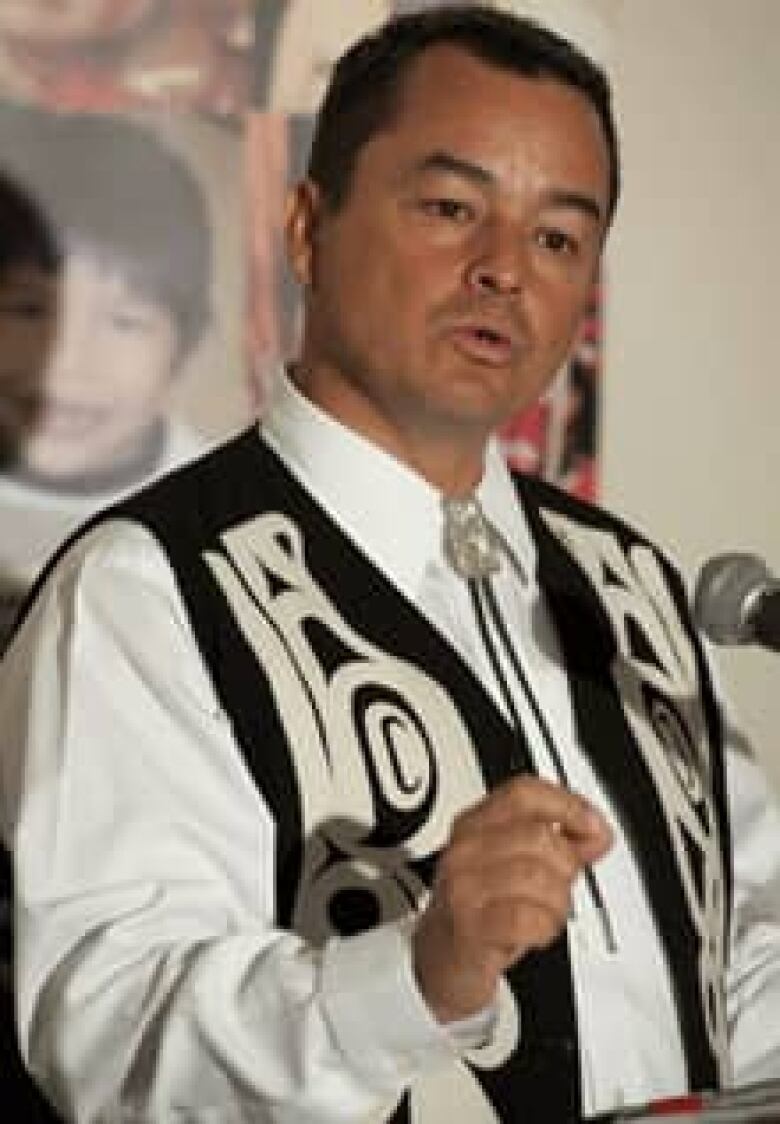
"The images of communitieswhere there's slop pails, no running water, no reliable power it's just not a story that is well understood. Nor [are] perhaps the underlying reasons, particularly, the policy reasons the fact that we've all inherited an Indian Act that's 125 years old now that isn't serving anybody."
Since 2006, the federal government has spent about $1.4 billion on native housing and, by 2013, will have spent $2.5 billion on water and sewage systems. Aboriginal Affairs and Northern Development Canada (AANDC), the federal department responsible for First Nations, said it is committed to improving the quality of life and provision of safe drinking water on reserves, but federal spending has not kept up with need.
TheAFN estimatesthat capital expenditures on reserves are underfunded by $169 to $189 million annually and operations and maintenance expenditures by $11 million. It says 40 new schools, at a cost of $12.5 million each, and 85,000 housing units would have to be built justtomeet current needs.
[IMAGEGALLERY galleryid=1541 size=small]
The kind of infrastructure that manyreserves lack is what is usually provided by municipalities or provinces and territories. But under the Indian Act,this is the federal government's responsibility.
But while most Canadians have provincial and municipal codes that guarantee minimum standards in areas such as water quality, First Nations are at the whim of policy, with no legislative framework to fall back on.
AUDIO: Life on reserve
Listen to CBC Radio's Karen Pauls report on life ontwo Manitoba reserves:
Gary and Darlene McDougall and their five children share a cramped, cold home with no indoor plumbing in Wasagamack First Nation.LISTEN
Three generations of the Harper family live in a home on the Wasagamack reservewith no running waterand a slop pailfor a toilet.LISTEN
The water problems on the Garden Hill First Nation have caught the attention of the Mennonite Central Committee, which usually works in developing countries.LISTEN
"As a result, the services delivered are not always well defined, and there is confusion about federal responsibility for funding them adequately," theJune 2011 auditor general's reportsaid.
"It is not always evident whether the federal government is committed to providing services on reserves of the same range and quality as those provided to other communities across Canada."
Thewhim of policy
Also, unlike cities or provinces, First Nations have no tax base and little independent revenue with which to fund infrastructure.
While some communities have access to revenue from natural resources orcommercial ventures, many are not so lucky and struggle with high rates of unemployment and low individual incomes, which puts more financial responsibility on the bands themselves.
As well, the small size of many First Nations communities rules out the economies of scale that can help bring large infrastructure projects on line. Around 500,000 First Nations people live on reserves, but 79 per cent of these reserves have fewer than 1,000 residents, and 57 per cent have less than 500 residents.
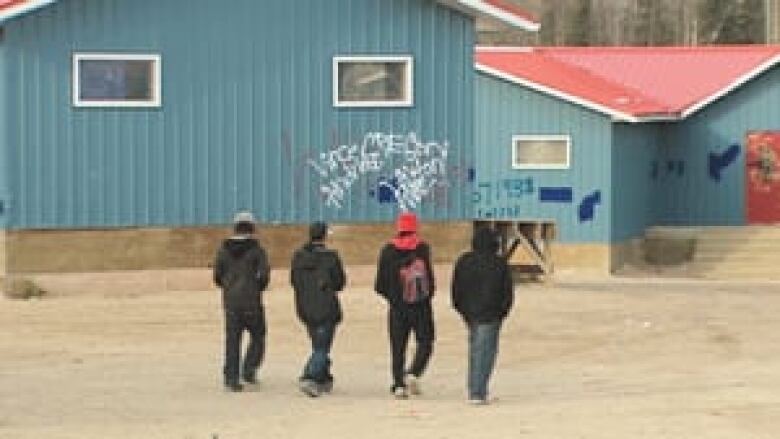
The federal funding that reserves do get is allocated on a year-to-year basis, which makes the kind of long-term planning that is essential for building infrastructure difficult.
"Because these are simply policy line items in budgets and not fixed statutory long-term guarantees, there's an inability for a community to do the kind of planning that any community would expect to be able to accomplish," said Atleo.
What's more, when fundingdoes come,it can beout of sync with community needs.
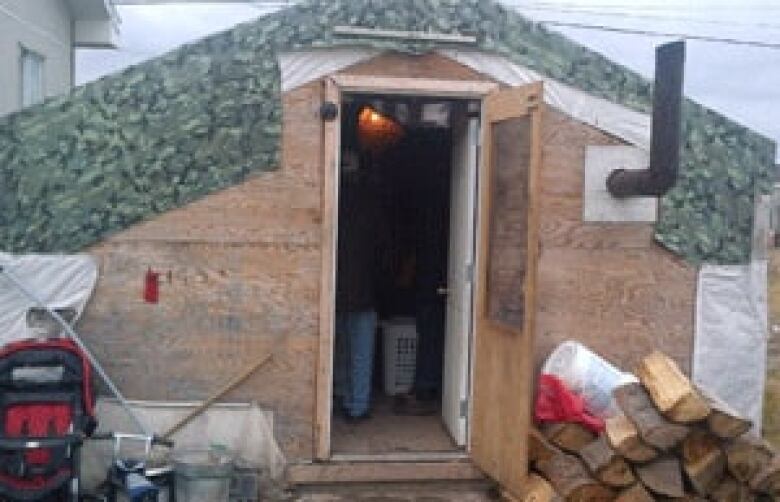
In remote northern communities, especially, the timing of federal budgets is not conducive to a construction window that is short and limited by weather and geography. Money often doesn't arrive until late summer, past the peak construction period, soprojects get delayed and theircosts rise.
The auditor general criticized the government's funding approach as piecemeal and not always in line with its policies. The strategy for dealing with the rampant problem of mould contamination in houses on reserve, for example, focused on educating people about the problem but didn't provide the funding to eliminate it,the audit said.
Atleo says such an approach leaves communities continually scrambling. When an injection of cash does come, it's often not enough to fully tackle a problem and usually comes out of the budget of some other community, which creates tensions between different First Nations and regions of the country.
"The moment a community gets a school, it's like winning the lottery," Atleo says. "There might be resources for only a fewschools per year when 40 are needed. And then, when those few communities do get their schools, they'll be so far behind the eight ball, because the design and the resources to run their schools aren't there for the long run."
Buried under bureaucracy
Another obstacle to improving infrastructure on reserves is what the auditor general described as the "burdensome" reporting requirements that First Nations face when accessingfederal funds.
In 2009-10, the AANDC required a total of 32,000 reports from 600 First Nations, the report found.

This cumbersome federal bureaucracy overwhelms what are often small communities with little administrative capacity.
A federal evaluation of First Nations housing found that when the Paul Martin government released $295 million in extra funding for housing in 2005, many First Nations said they didn't have the staff to figure out how to accessthe money and fulfill the additional reporting requirements and conditions.
Others say that even when they do supply all the right paperwork, they sometimes don't hear back for months.
"Basically, it can really get lost just by landing on the wrong desk," says Clint Barton, the 39-year-old housing manager of Gingolx, one of four villages that make up the Nisga'a First Nation on the northwest coast of B.C. "Sometimes, we'd wait a year to get an answer on an application only after we had to resubmit it three or four times."
The failure of the current system has forced some First Nations leaders to look outside the sphere of government for help with their infrastructure needs.
Earlier this fall, Atleo addressed Canada's philanthropic community, urgingit to focus its charity away from development projects in the Third World andtoward First Nations communities, many of which have living conditions that aren't that far off from those in developing countries.
He has also encouraged partnerships with private industry, soliciting the advice of celebrity renovatorMike Holmesand groups like Habitat for Humanity.
Atleo says he's turned to these measures "only because the needs are so dire, they're so immediate."
"What's really required is an expression of political will," he said.
Breaking free of Indian Act
Some First Nations frustrated with the status quo have decided to break with the federal system altogether and signed self-governance agreements that will eventually make them financially independent.
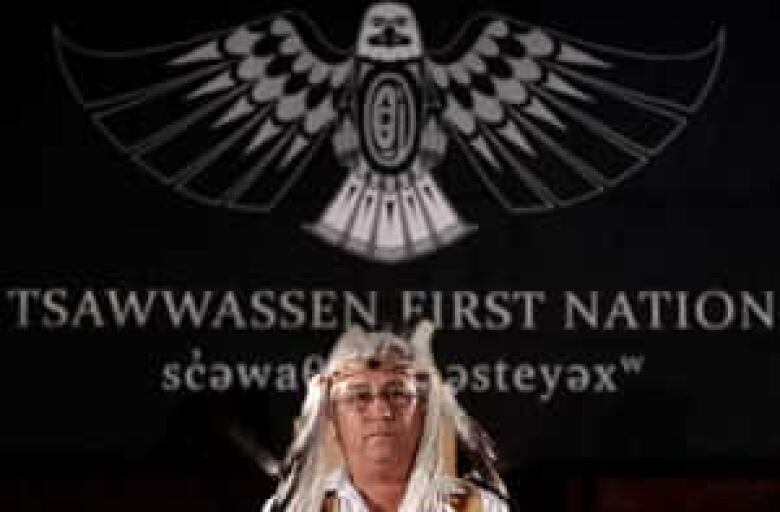
Tsawwassen First Nation, a Coast Salish community 25 kilometres south of Vancouver, signed a self-governance treaty with B.C. and the federal government that took effect in 2009.
It's an urban community with valuable assets likeproximity to a commercial portandrevenue from private residential developments, so the transition was easier than it would be for more remote and poorer First Nations.
Still, it was not without its challenges. Tsawwassen is having to create dozens of new laws and government structures and take on financial burdens previously assumed by the federal government, including about $100 million in needed infrastructure upgrades none of which Chief Kim Baird would trade for the old status quo.
'There isn't enough money through Indian Affairs to pay for major capital investment in infrastructure like local governments have.' Tsawwassen First Nation Chief Kim Baird
"There isn't enough money through Indian Affairs to pay for major capital investment in infrastructure like local governments have,"she said.
"The problem under the Indian reserve system is that the capital deficit is just so enormous.
"When we went into self-government, we knew we were taking on that responsibility, and it wasn't something we were too happy to take on but the federal government was really failing us in that regard."
Baird says one of her proudest moments post-treaty was when Tsawwassen was able to access $9 million in federal infrastructure funds through the economic stimulus program as equal partners with the province and the federal government (each contributed $3 million to develop Tsawwassen's industrial lands near the port).

"One of the big surprises to meis the fact that everyone recognizes us as another government now," she said. "Before, we were constantly asserting it, but no one treated us that way. Now, when we walk into a situation, it's a given, and that's really, really changed the dynamics in any number of situations."
Since moving to self-government and becoming part of Metro Vancouver, Baird has also witnessed what a benefit it can be to be integrated into regional and local government structures, which have legislation in place that enable communities to be able to pay for infrastructure and other needs.
"Even though municipalities are a creature of provincial government, it's integrated in a way that municipalities can succeed whereas there's this disconnect with the reserve system to reality," Baird said.
"What it has allowed me to see is just how inadequate the Indian Act system really is as far as having a separate legal, political system and structure for First Nations that are so not integrated with the rest of Canadian society in any way. It's quite alarming, actually, and really tells me why reserves are facing so many problems."












_(720p).jpg)


 OFFICIAL HD MUSIC VIDEO.jpg)
.jpg)



























































































